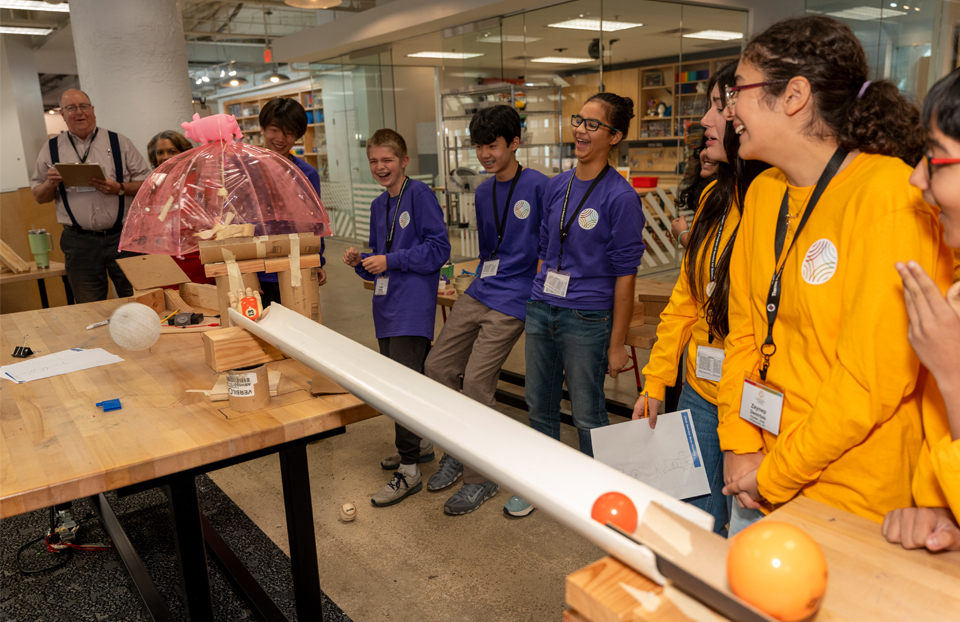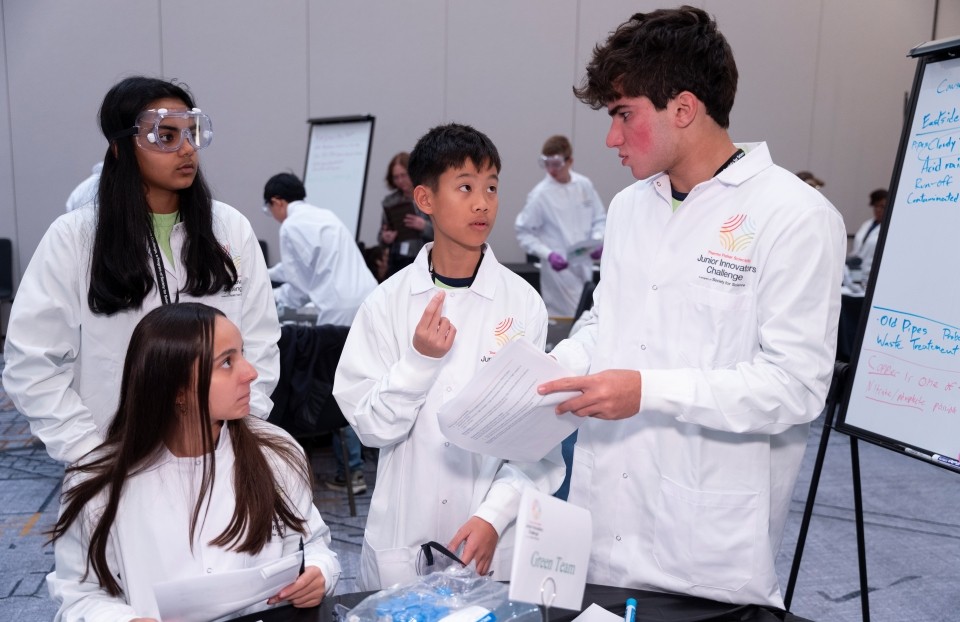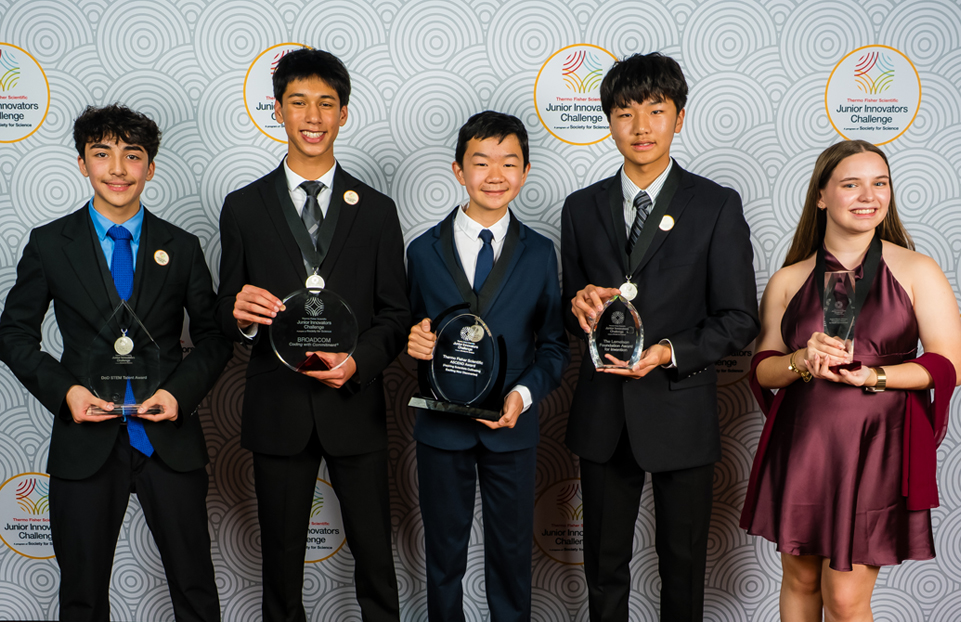Finalists in the Thermo Fisher JIC explore biomimicry with SERC
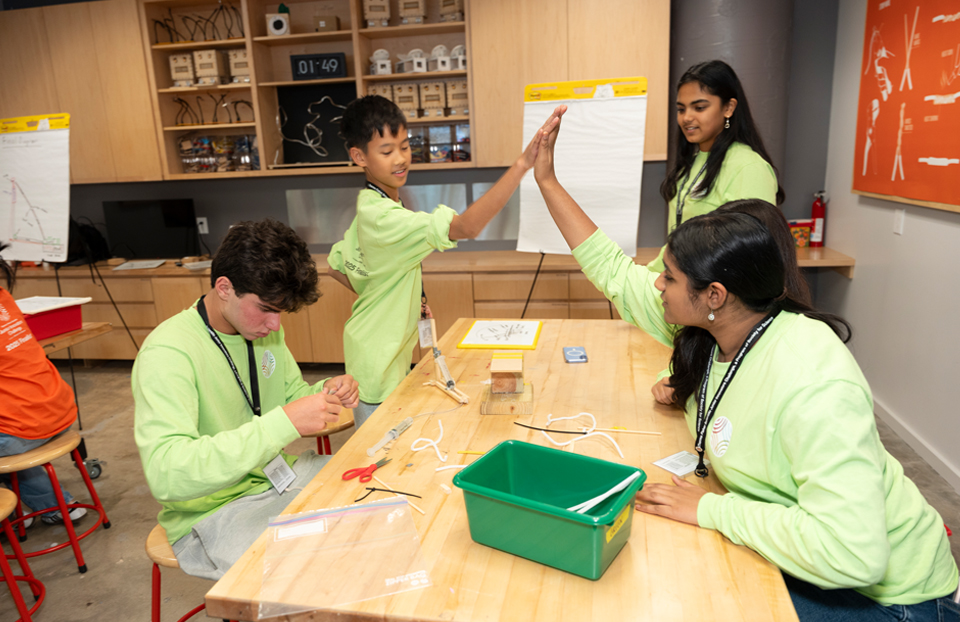
The finalists in the 2025 Thermo Fisher Scientific Junior Innovators Challenge (Thermo Fisher JIC) switched it up this year: instead of heading to Edgewater, Md., the Smithsonian Environmental Research Center (SERC) brought their expertise to the KID Museum in Bethesda, Md.
SERC educators introduced themselves and their work. Located where the land meets the sea, SERC researches coastal ecosystems across its 2,654-acre natural campus of forests, wetlands and marshes. Scientists there explore everything from water quality and fisheries to invasive species and habitat restoration.
Before they got into the nitty-gritty of the challenge, the Top 30 Thermo Fisher JIC finalists learned the basics of hydraulics and met Maryland’s official state crustacean: the blue crab.
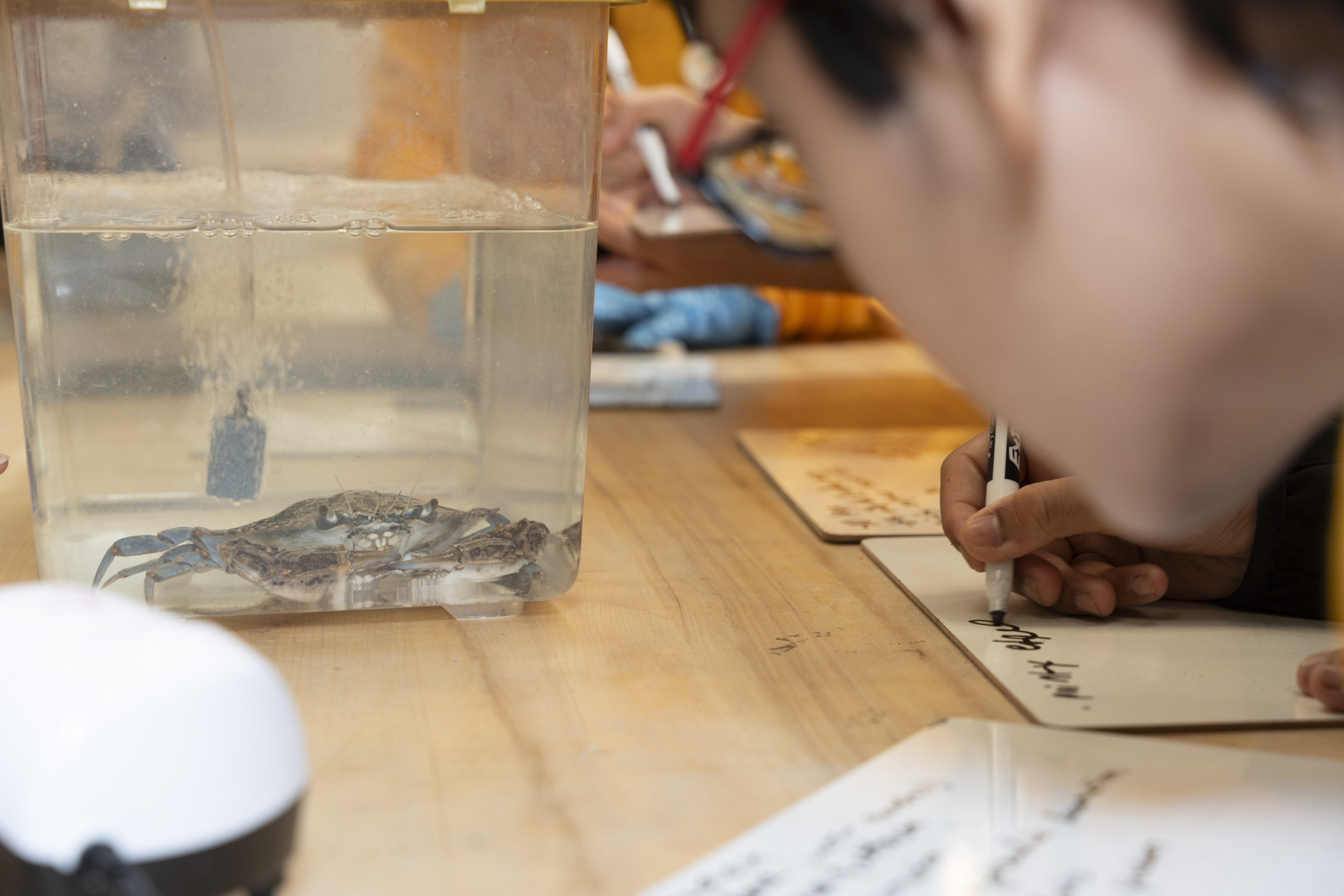
Next, the finalists watched short videos to learn about biomimicry, a key component of this final challenge. They learned how common inventions such as the bullet train and wind turbines, are inspired by nature, then split into two groups to explore hydraulics and the blue crab more deeply. In this particular challenge, the finalists were tasked with creating a hydraulic arm based on a blue crab’s anatomy.
While the purple, green and silver teams continued their physics lesson on hydraulics, the gold, blue and orange teams used whiteboards to sketch and observe blue crabs up close. A live crab paid a visit to the finalists, while other parts of the lesson showed crab joints alongside large, detailed photos of a crab’s anatomy.
Like the morning challenge, finalists were given design constraints and a time limit to build their arm; one hour to design and one to construct. Once the finalists collectively came up with a design sketched out on paper, they submitted it for approval to the SERC educators before collecting their chosen materials. Different ideas were scattered across their easels and once the teams felt confident, they started building their arms.
The purple team started small, applying feedback from SERC educators, while the gold team sketched new ideas and carefully walked through their construction before attaching parts with hot glue and tape.

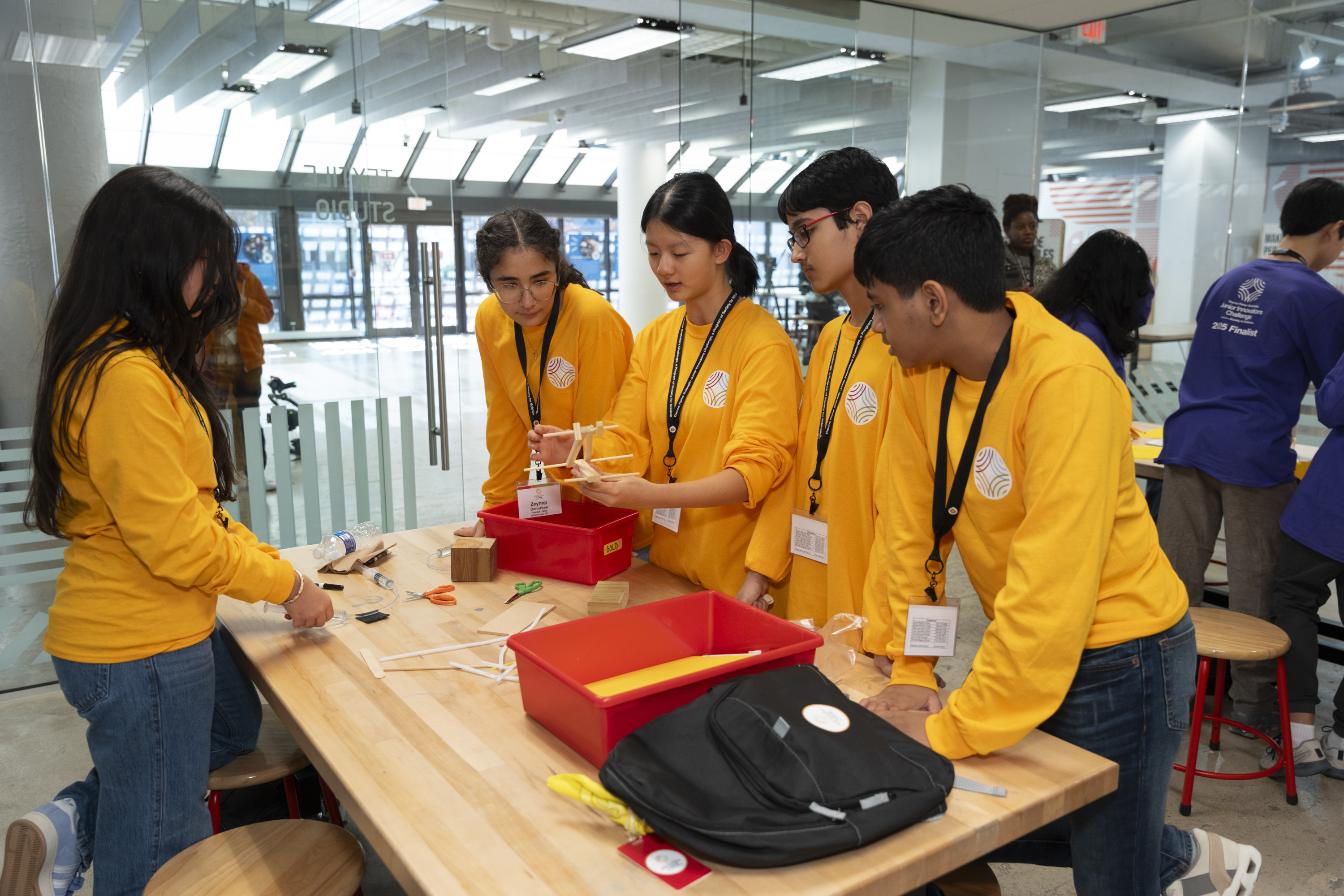
The green team focused on building their arm and went over the key points they were going to present to the judges, while the orange team realized that to be successful, they needed to put their pens down and start constructing their arm.
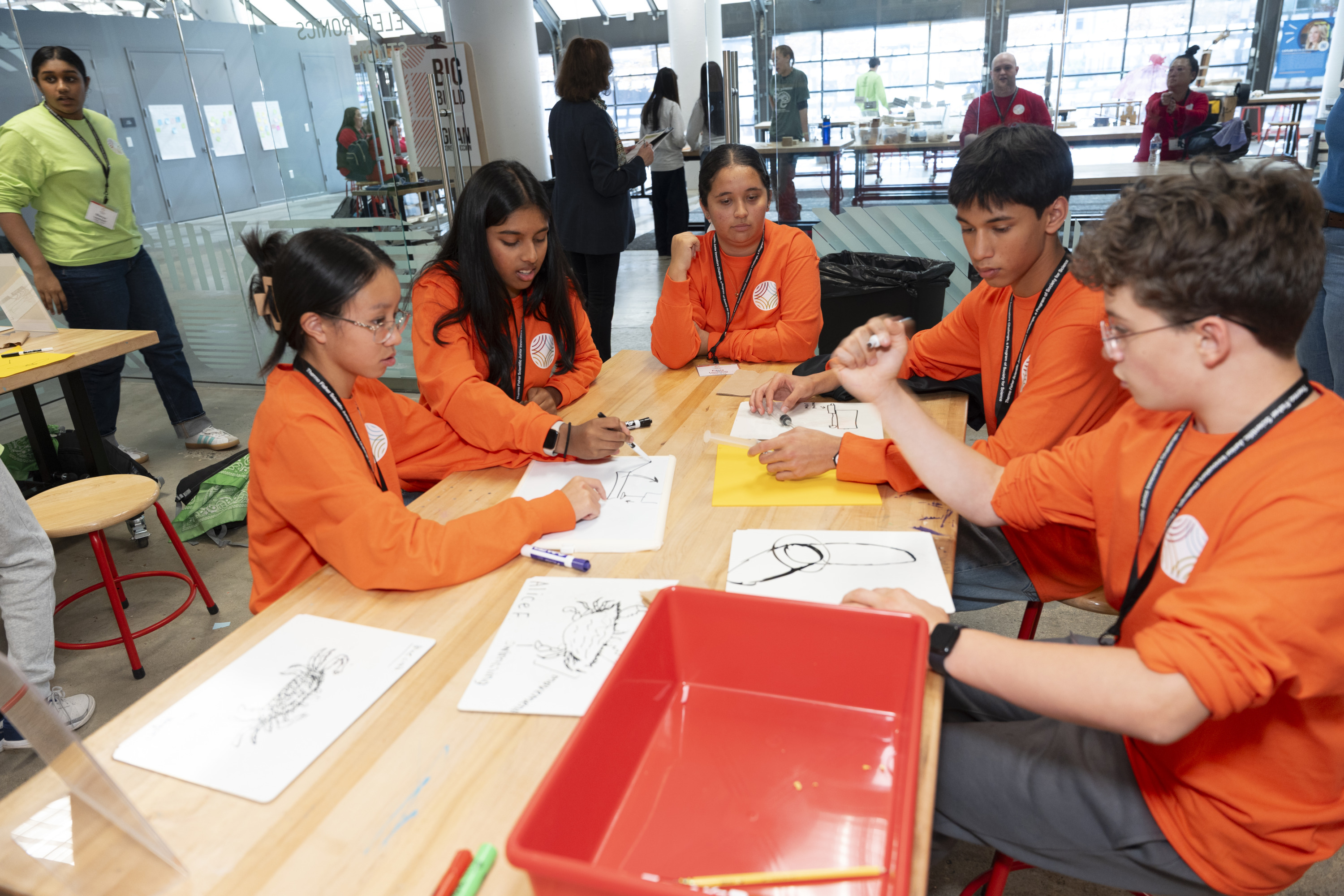
The silver team divided and conquered different parts of the hydraulic arm separately before merging two key ideas into a final design. And the blue team assigned roles to each team member and creatively connected parts of their crab’s arm, sharing laughs while they worked.
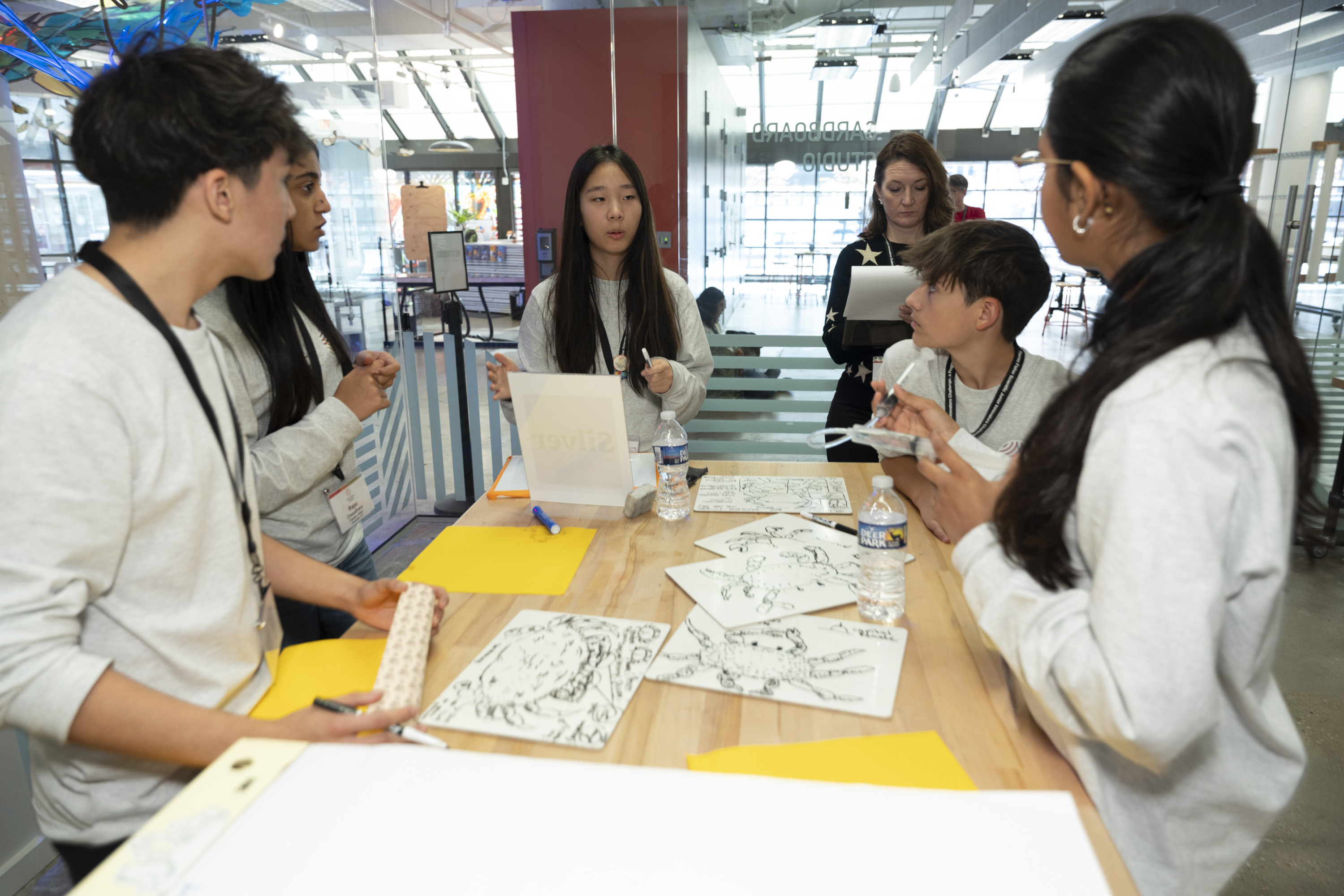
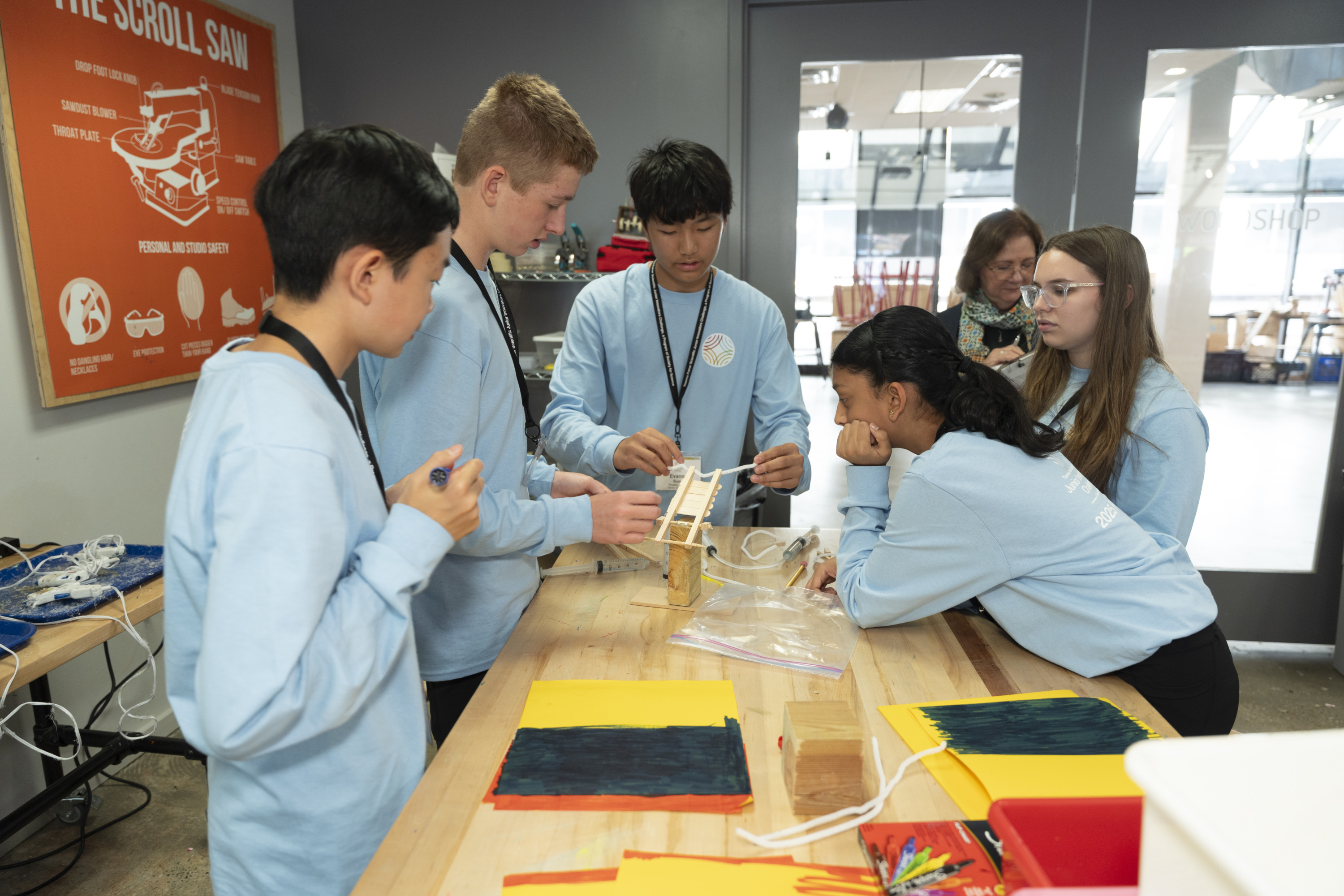
When time ran out, the teams presented their blue crab hydraulic arm prototypes to the judges, explaining their thought process and steps. Each design was special and showcased creativity, teamwork and an understanding of biomimicry, leaving the finalists inspired by the possibilities of engineering inspired by nature.
